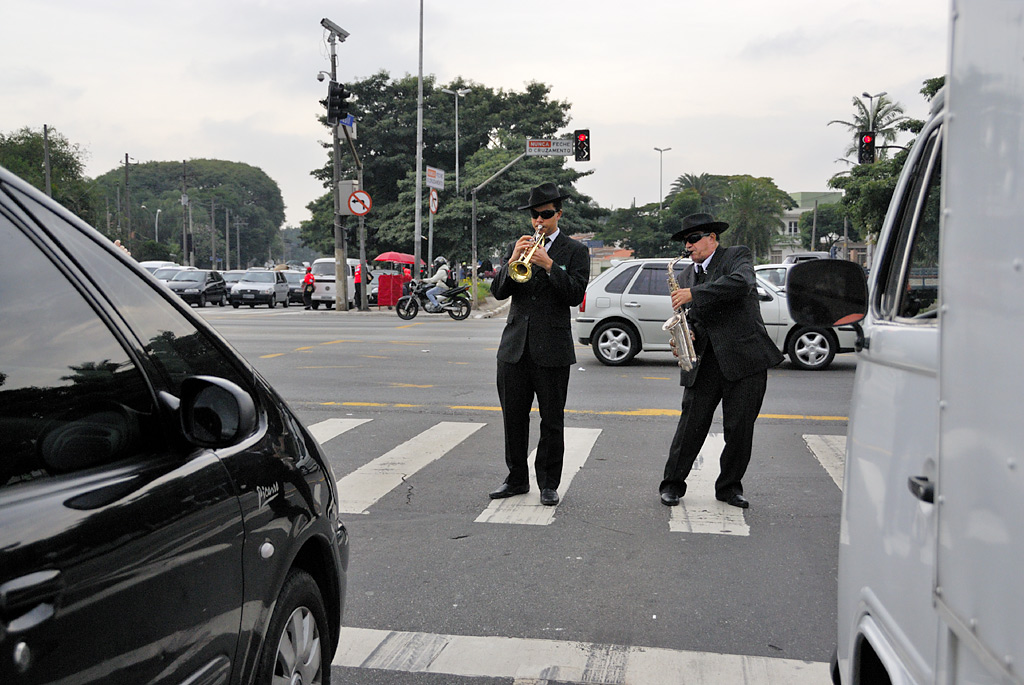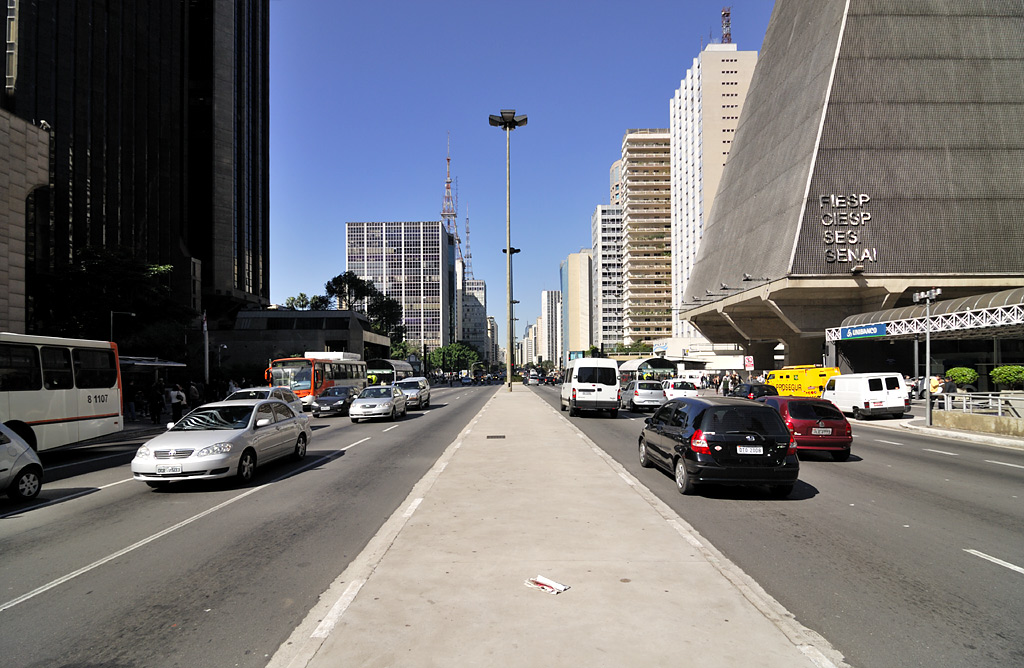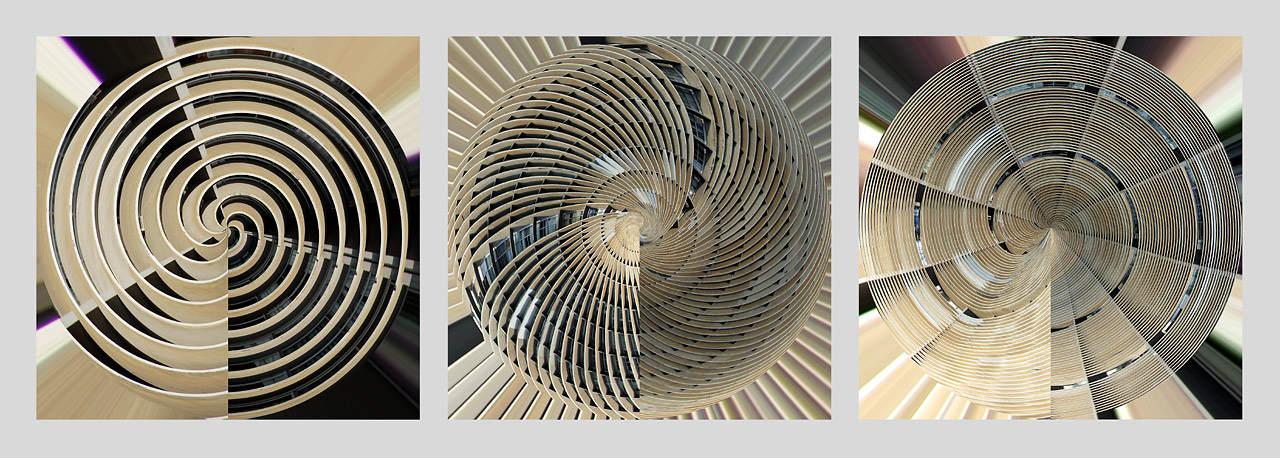"São Paulo
works, Rio celebrates", the Brazilians say. However, São Paulo
is not just Brazil’s most important economic hub and one of the
biggest cities in the world, it is also THE cosmopolitan and cultural
metropolis in the country and – in terms of going out,
celebrating and spending money – has a bit more to offer than its
reputation would have you believe.
The view from the window as the plane comes into land is overpowering.
An infinite sea of high-rise buildings sprawls out beneath the
observer. World metropolis, mega city, sub-tropical New York –
the enormous conurbation is not only the heart of the Brazilian
economy, it is also one of the most diversified places in which to
live. The inhabitants, the Paulistanos, fondly call their city "Sampa" and with over 20 million inhabitants it is one of the six largest cities in the world.
|
|
|
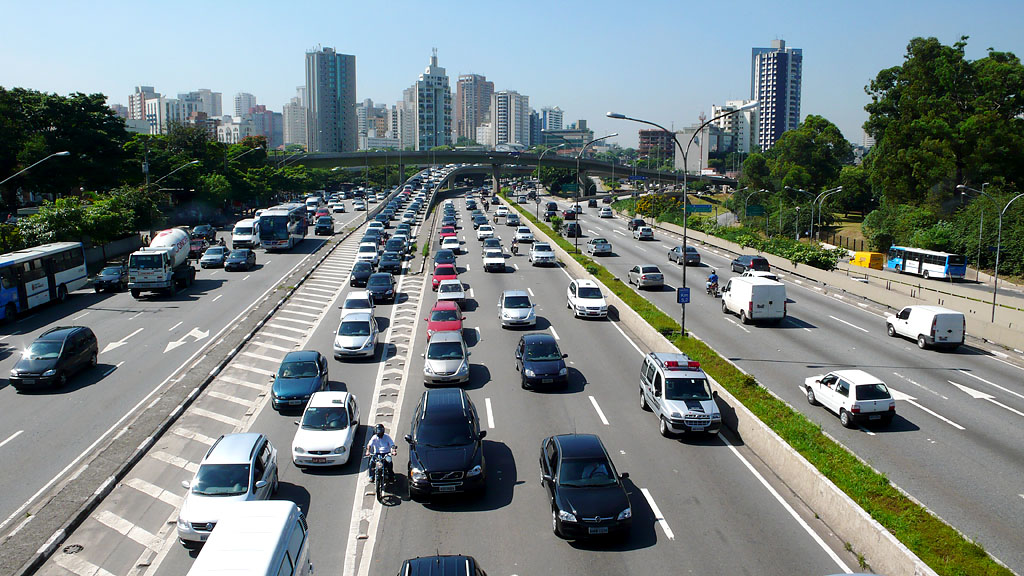
.
A sea of traffic flows in and out of São Paulo along multi-lane motorways. |
A trip along
one of the up to ten lanes wide city motorways into the centre passes
by grey industrial districts, poor shanty towns, sparkling shopping
malls and ultramodern skyscrapers. Once one has arrived in the centre,
the roof terrace on the 43rd floor of the Edifício Itália provides the best view across the city.
An endless tangle of streets houses 250,000 shops, 13,000 restaurants
and 120 museums! Hustle and bustle characterise the neighbouring Praça da Republica
during the day: it is here that vendors sell sweet sugarcane juice,
street buskers and religious preachers vie for attention while the city
tourist gets an inkling of what this metropolis, apart from its huge
size and the virtually inexhaustible range of cultural attractions, is
all about. |
|
|
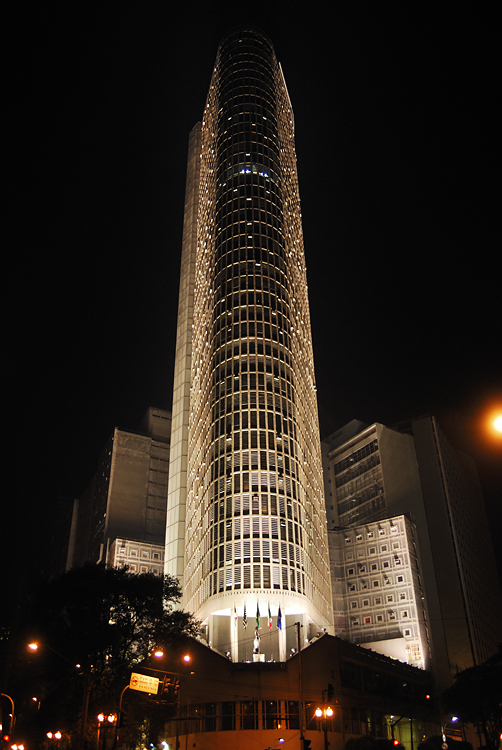
.
With its 168 meters, the Edifício Itália is the second-tallest building in the city of São Paulo
and Brazil. From there you have a great view of the city, when weather and smog permit. |
|
|
The city
is a multi-ethnic metropolis, the diverse origins of its inhabitants,
namely immigrants from across the world since the beginning of the 20th
Century, have stamped their mark on individual districts.
And even if a lot of character has been lost due to the building boom,
these groups continue to foster their customs and habits: the Italians
in Bixiga, the Japanese in Liberdade, the Arabs in Jardins, the Jews in
Bom Retiro and the Germans in Santo Amaro and Brooklin. Up to 12
million Brazilians are of German descent, of which about 300,000 live
in São Paulo.
The number of Germans in São Paulo is approximately 35,000. The German School Colégio Visconde de Porto Seguro,
with about 10,000 pupils is the largest german foreign school
supported by the Federal Republic of Germany. With approximately one
thousand German companies São Paulo is the largest concentration
of German companies outside the Federal Republic of Germany. |
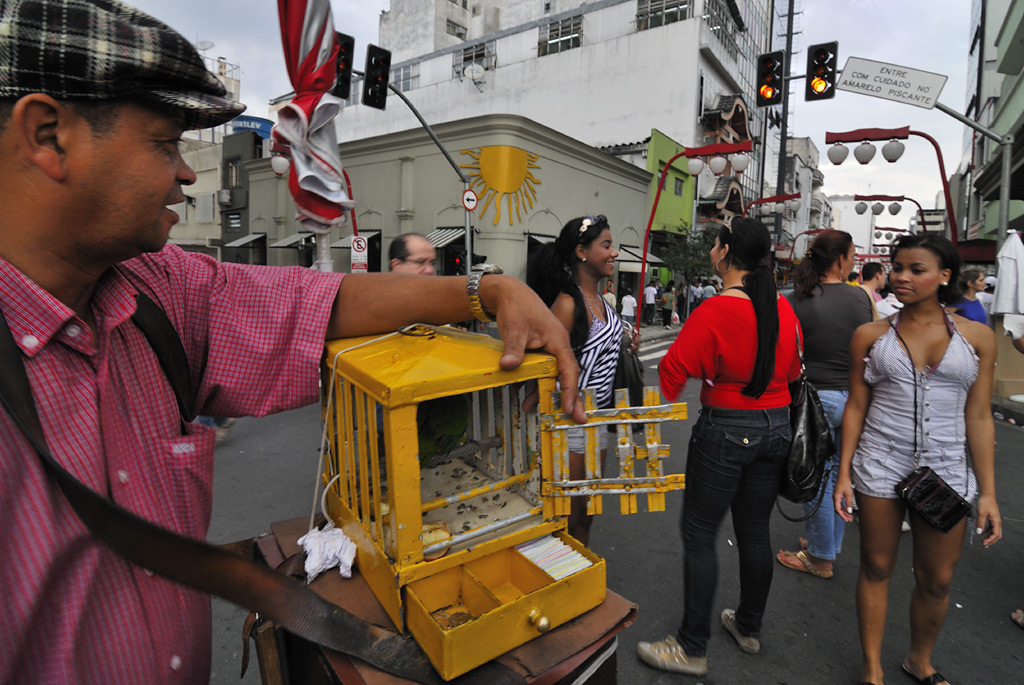
.
The lottery ticket seller in Liberade is well known. The
attraction is his parrot which chooses the ticket for the buyer. |
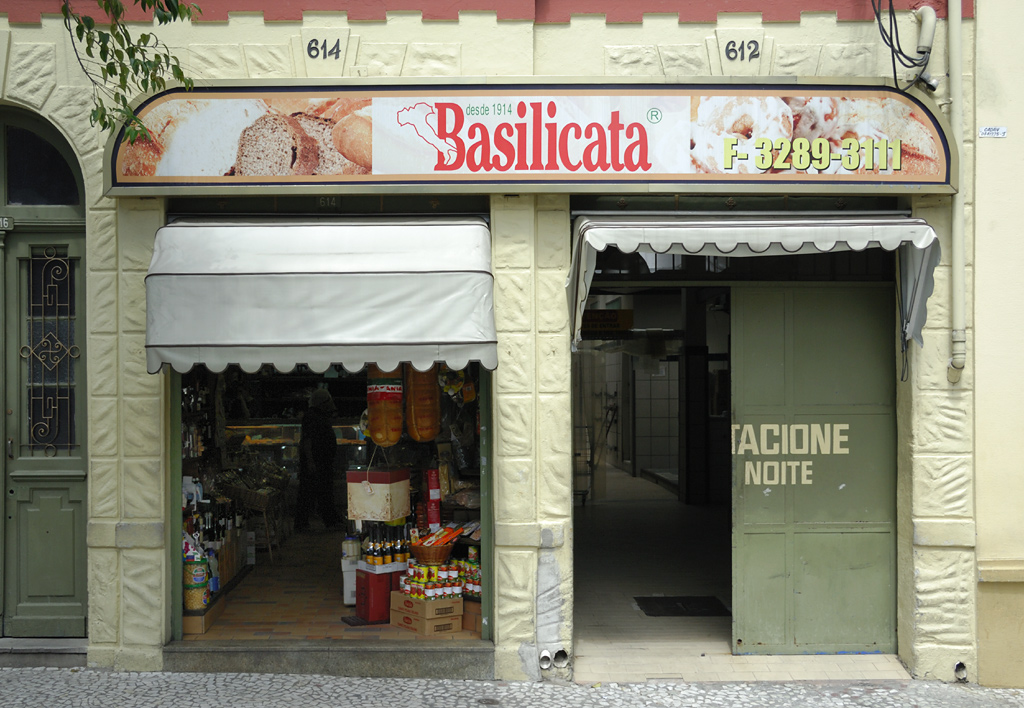
.
Italian "Negozio di alimentari" in the district Bixiga
|
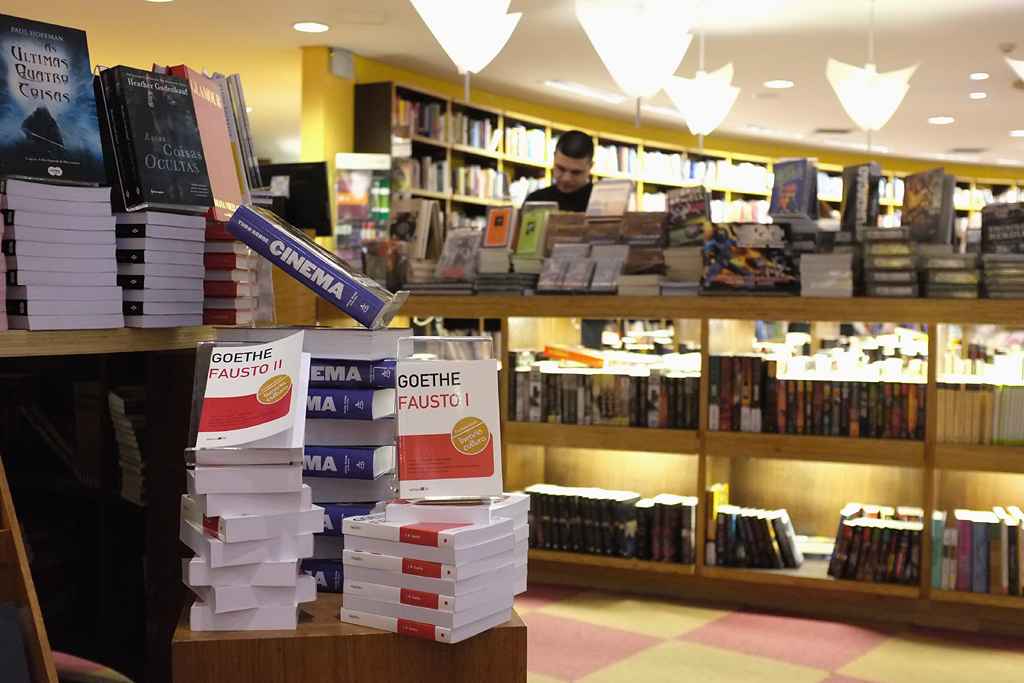
.
Goethe's "Faust" (1+2!) in a stack at the bookstore "Cultura", Av. Paulista
|
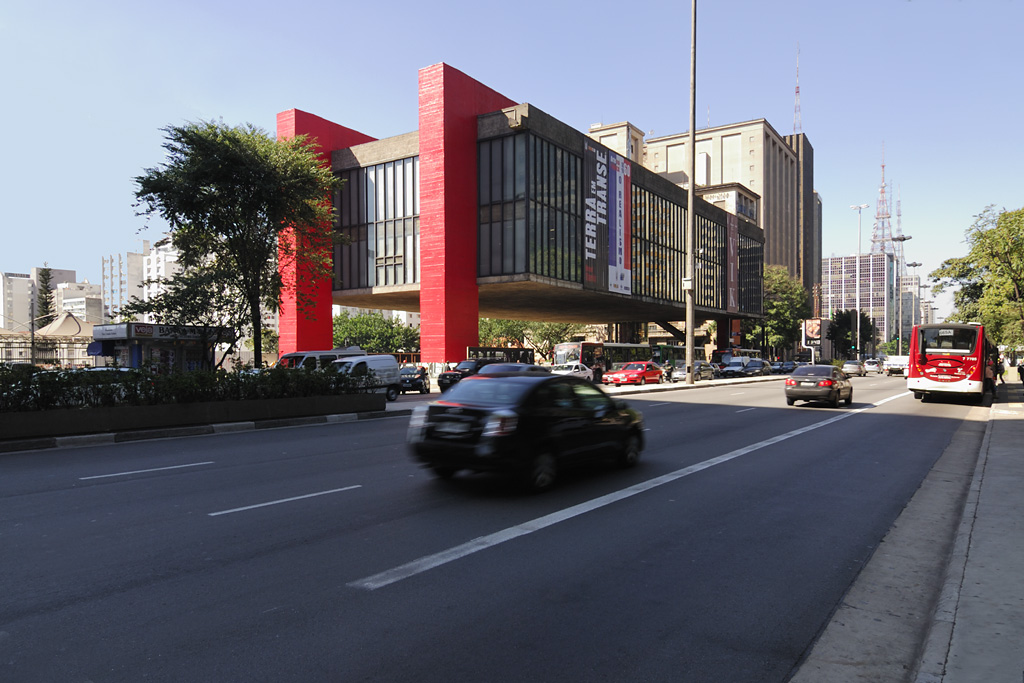
.
The "Museu de Arte de São Paulo" (MASP) in the Avenida Paulista, the
famous boulevard of São Paulo, houses the most important art collection
in South America.
|
Reader’s Digest
recently voted São Paulo the fourth friendliest city on earth
– and it may well be right. The consistently obliging and
friendly manner of the Paulistanos has made their Sampa worth living in
and deserving of affection despite the omnipresent concrete, long
traffic jams, poverty and crime. Where else can you find a taxi driver
embracing his guest because he finds him so nice? It is the done thing
among traders to recommend colleagues if they cannot meet a
customer‘s wish. However, as the recommendations are frequently
somewhat vague, the customer surfs from shop to shop until he usually
finds what he’s looking for.
One cannot do justice to
São Paulo if only making a whistle-stop tour. The enormous range
of world-class art and cultural offerings available simply makes
this impossible. Anybody interested in researching the history of the
city back to its beginnings will find what he wants in Pátio do
Colégio, the place
where the city was founded. Here a small museum with an attractive
café in its inner courtyard informs visitors about the founding
of the city in 1554 by two
Jesuit missionaries on the festival celebrating Paul the
Apostle’s conversion. Close by is the Praça da Sé
with the impressive, neo-gothic Catedral da Sé.
Real estate speculation in the seventies saw many firms leave the
original city centre. This is why, and especially so in the evening,
after the shops have rolled down their shutters, the place is deserted
apart from a few homeless people.
|
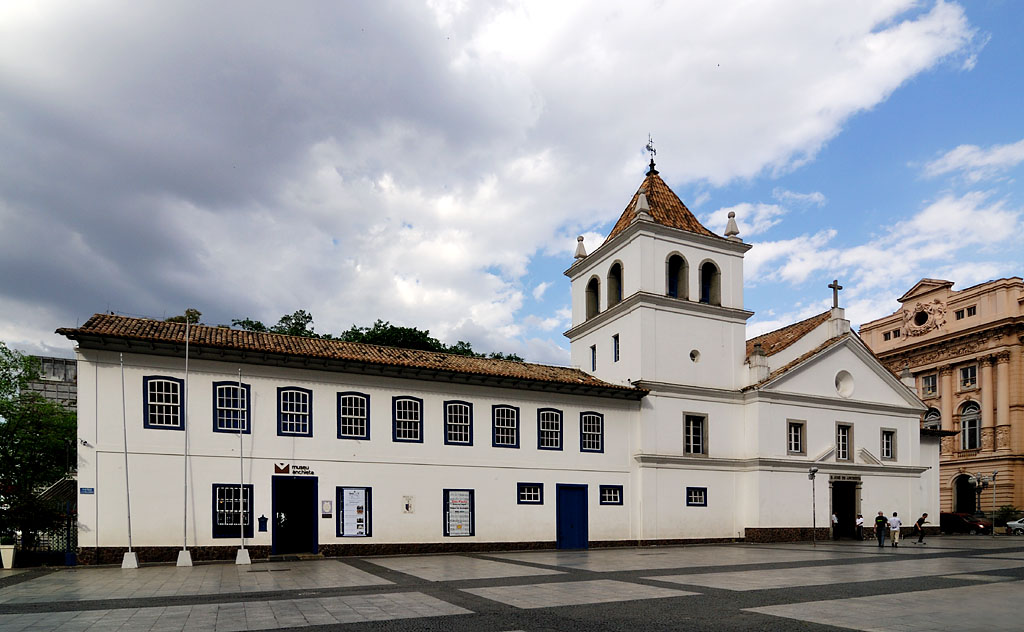
.
The "Pátio do Colégio" marks the spot where the Jesuit priests
Manuel da Nóbrega and José de Anchieta established the city in 1554. |
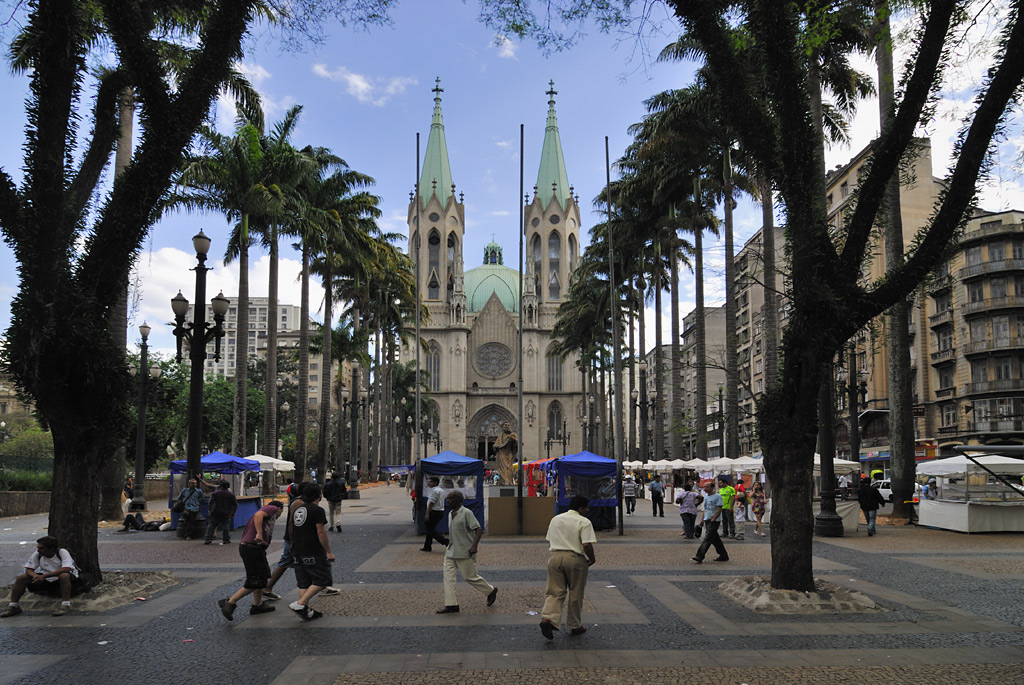
.
The biggest church in the city is the Neo-Gothic "Catedral
Metropolitana" or "Catedral da Sé" in the Praça da Sé Square. |
|
|
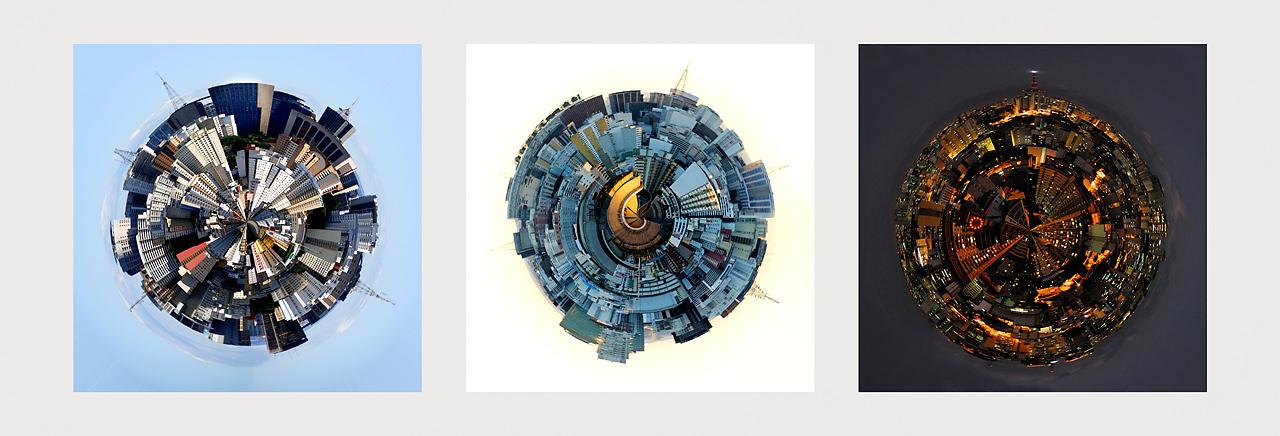
.
São Paulo is one of the mega-cities, and with its over 20 million inhabitants and
an area of 90x90 km it is the largest city in South America; it is a 'different world'.
|
|
|
Although
a strong police presence has led to a fall in crime over the years,
fences, guards and video cameras still remain just as much a part of
the city scene as the traders and street artists who offer their wares
and perform their acts at junctions where the traffic lights stay red a
tad longer.
The Avenida Paulista is
considered the most famous street in Brazil and the financial centre of
the country certainly is an impressive canyon of glass and concrete.
Between the banks and office blocks a few isolated villas in the
neo-renaissance style still recall the heyday of the coffee trade. When
your tummy begins to rumble, the city can offer culinary delights from
around the world.
Going out for a meal is one of the more popular activities of
Paulistanos, too. Especially favoured are the churrascarías,
which offer grilled meat in Rodízio. The waiters bring a variety
of meats to the table direct from the spit until he guest can eat no
more. Nightlife buzzes in countless bars, clubs and beer halls or
simply on the street with hot rhythms, beer and caipirinha.
|
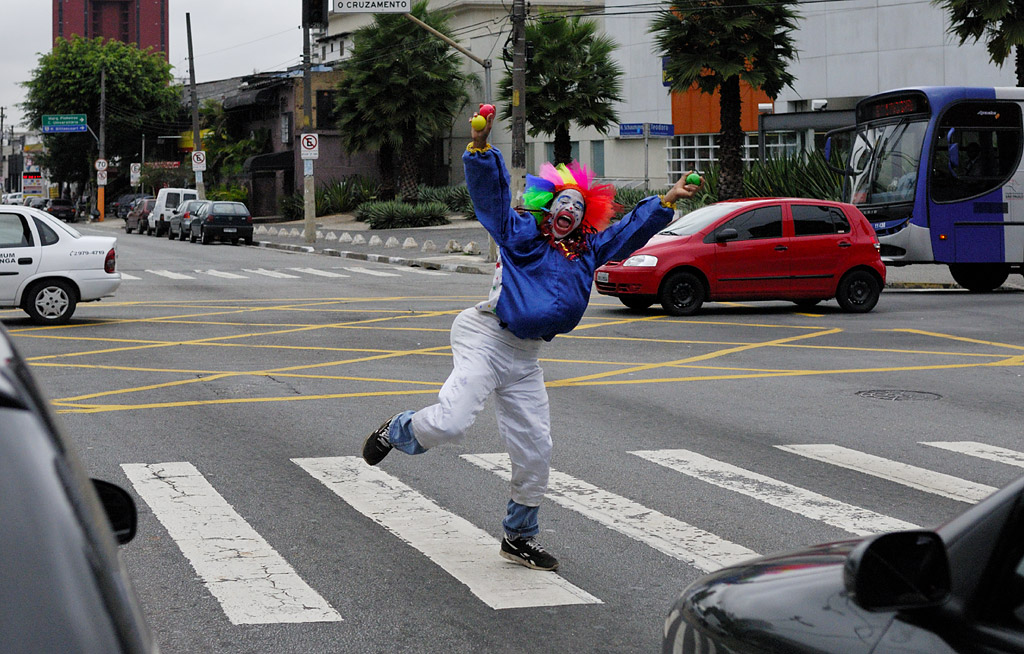
.
A dash of colour provides entertainment at the traffic lights. |
.
Blues Brothers at the crossroads
|
A popular part of town is Vila Madalena,
which has evolved from providing a background for the student scene to
being the place to go at night if a touch of the bohemian is required.
When the departing tourist casts a final look out of the plane over the
sea of houses of São Paulo, the city has become more familiar,
its appearance much friendlier and appealing. It may not be noticeable
at first glance, but the Paulistanos live in an exciting city. |
|
|
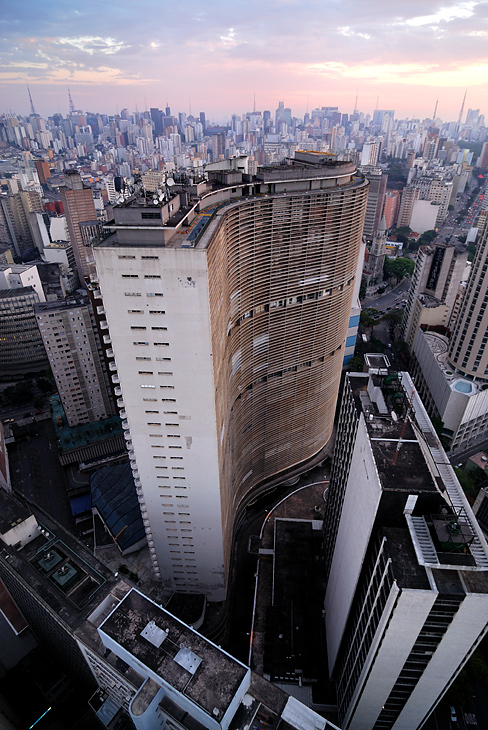
.
Edifício Copan: The building was designed by Oscar Niemeyer as a hotel complex,
today it is a residential complex. About 5,000(!) people are living in 1,160
apartments on 37 floors. |
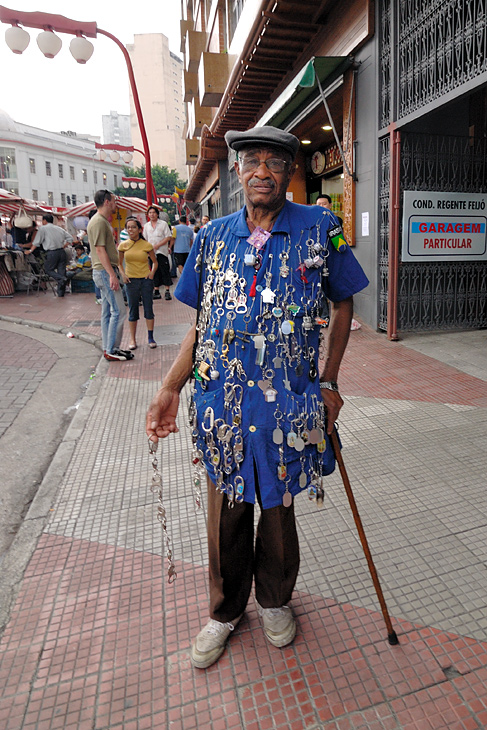
.
Street trader selling key rings in Liberdade, the Japanese quarter. |
|
|
|
São Paulo — Facts and Figures
• City founded: 25th January 1554
• Population: approx. 11 million (city only); approx. 20 million
(metropolitan area)
• Surface area: 1,523 km² (city only); 7,947 km² (metropolitan area)
• Theatres: 120 (approx. 600 plays performed/year)
• Restaurants: 13,000 (since 1997 it has been the “World’s
Gastronomic Capital”)
• Churrascarías: 500
• Cars: over 6 million
• Bus lines: over 1,000 (approx. 15,000 buses; 3 million passengers
per day)
• Taxis: 35.000
• Helicopters: 500 (second largest fleet in the world)
Famous sons of the city
• Cândido Portinari, Brazil’s most famous painter
• Ayrton Senna, Three-times Formula 1 World Champion
• Adoniran Barbosa, Composer, singer and actor |
|
|
|
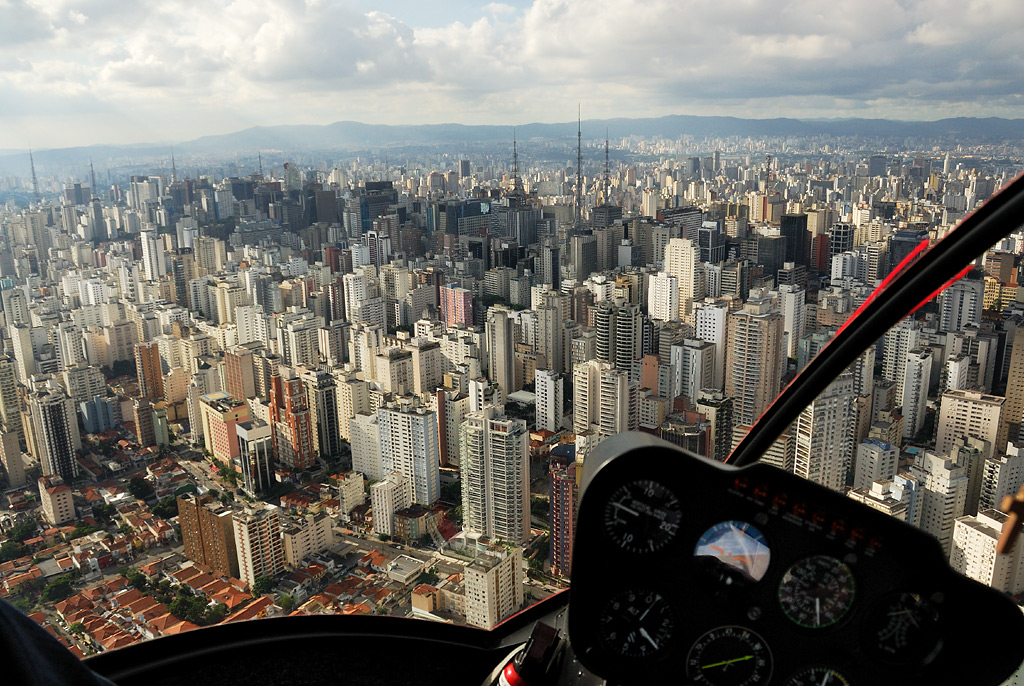 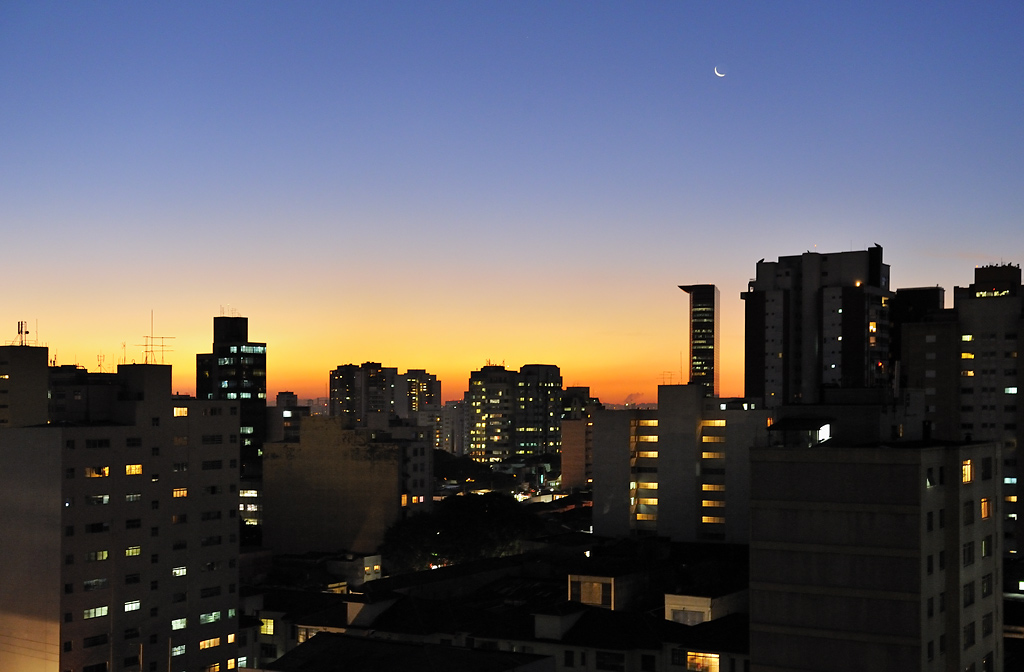 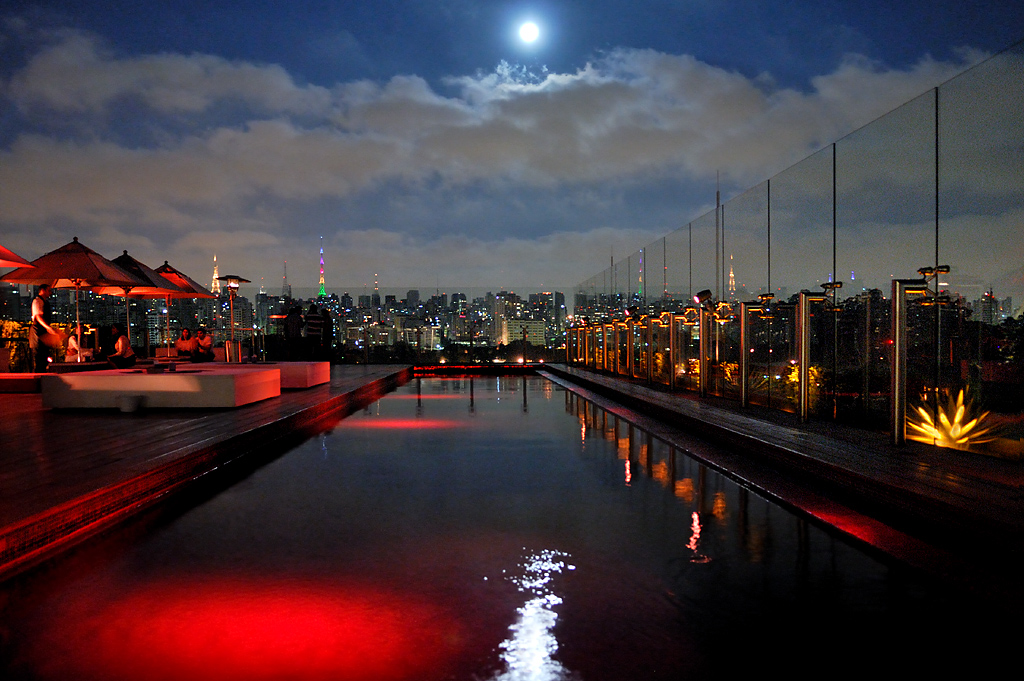 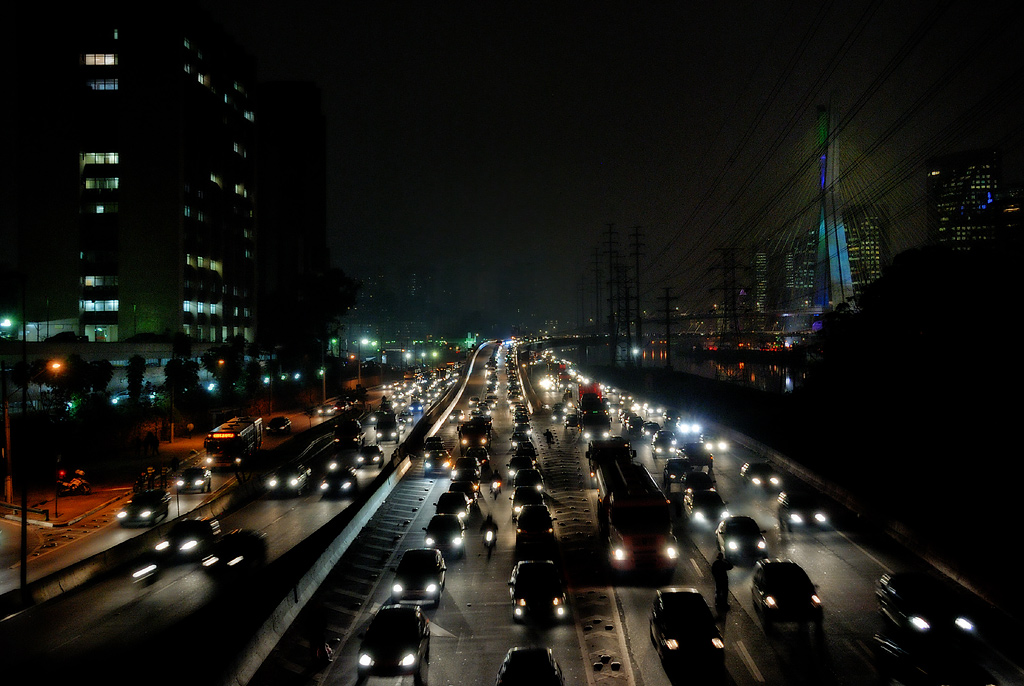 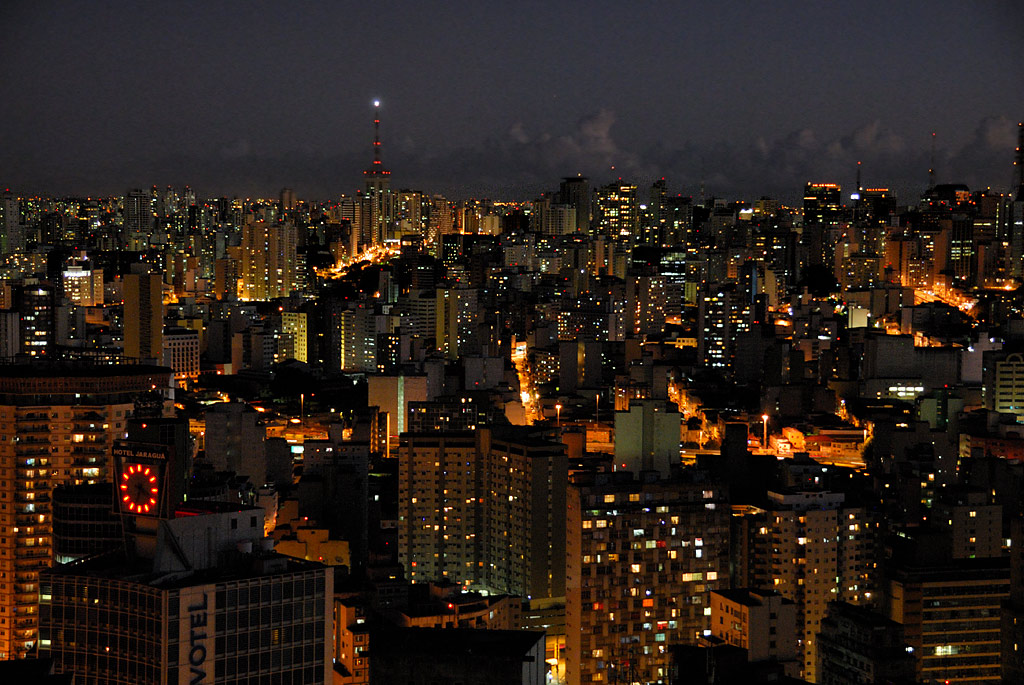
|
|
|











